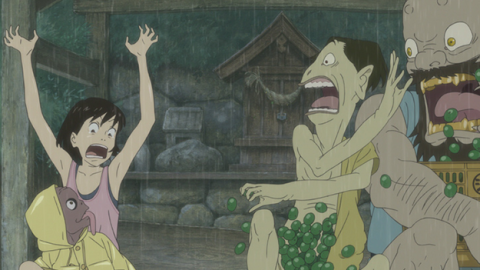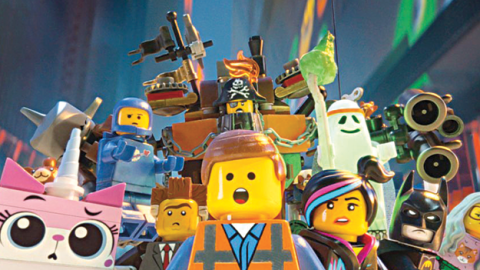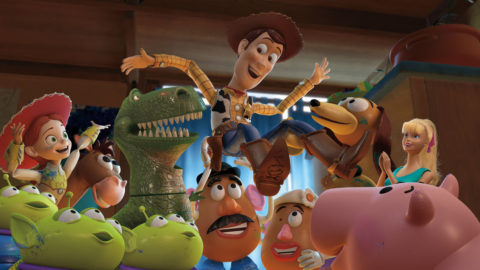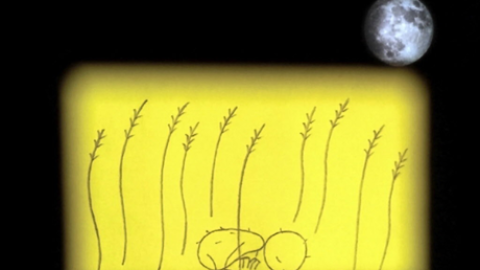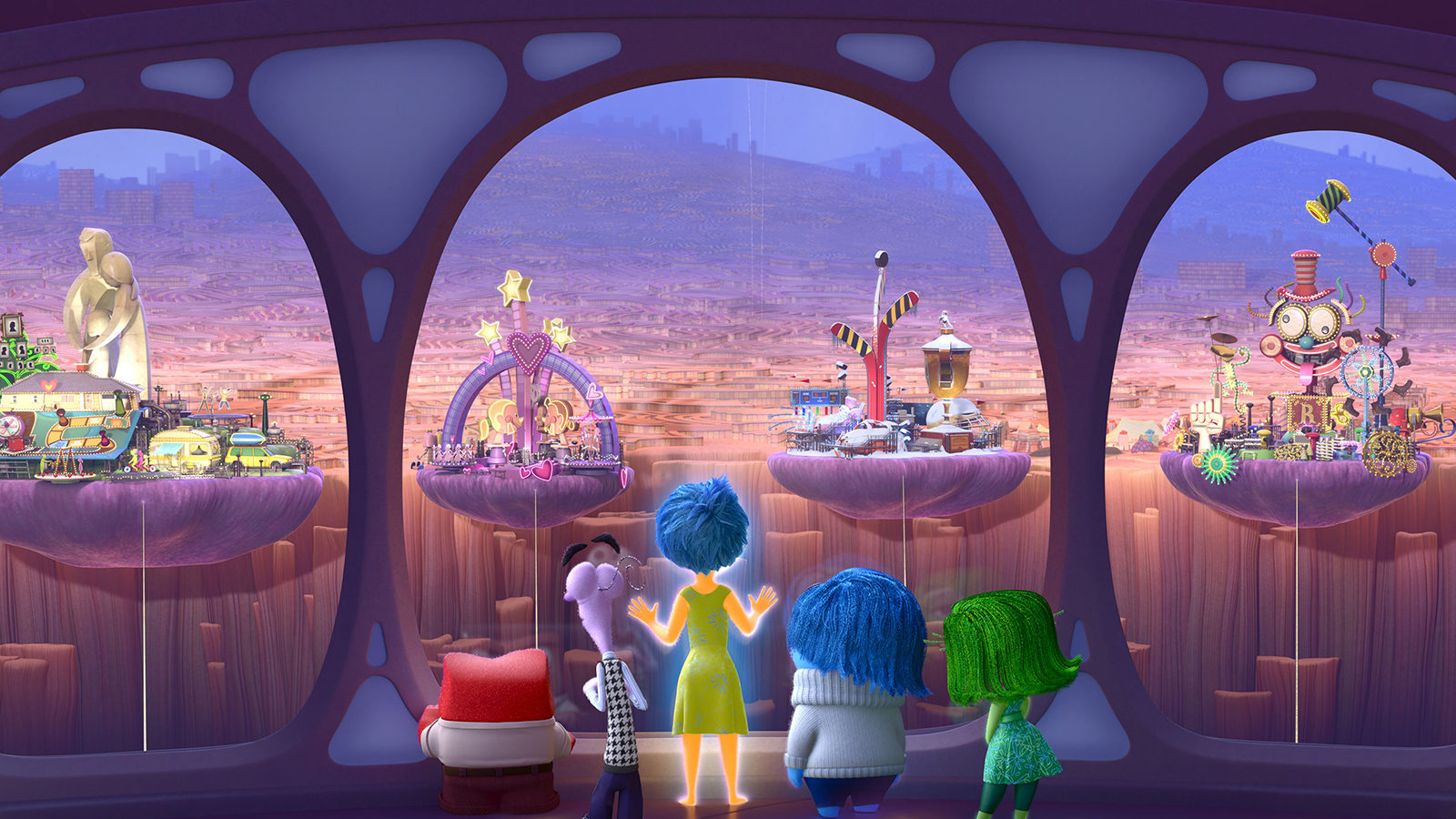
Review: Inside Out
Pixar’s Pete Docter has a genius for spinning imaginative extravaganzas out of mundane materials—kids’ room closet doors in Monsters, Inc., an old man’s gingerbread house in Up. With Inside Out, he reaches into an 11-year-old girl’s mind and creates a marvelous mental landscape out of visual elements as prosaic as jellybeans and clowns. The movie is both audacious and unpretentious, starting with its heroine, Riley (voiced by Kaitlyn Dias), a Minnesota girl who loves her mom (Diane Lane), dad (Kyle MacLachlan), and ice hockey. She’s a paradigm of American happy-childhood kitsch—or at least that’s how the gal who introduces Riley’s story, Joy (Amy Poehler), desperately wants us to see her.
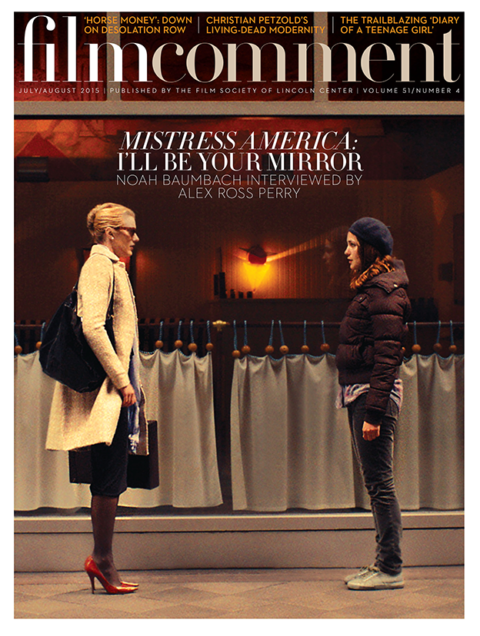
In a Disney/Pixar first, Joy turns out to be an unreliable narrator who shades reality to fit her temperament. Oh, and one other thing: Joy is not a flesh-and-blood female but the embodiment of an emotion inside Riley’s head. She and four other emotions—Fear (Bill Hader), Disgust (Mindy Kaling), Anger (Lewis Black), and Sadness (Phyllis Smith)—govern Riley’s behavior from a Playskool-like control panel in “headquarters.” Or do they? Riley, after all, summons them into being.
Clouds form when Riley’s family moves to a grungy part of San Francisco: the house is dingy, and Dad is distracted by work. But real trouble comes when Riley’s mom says that the women of the house should keep smiling and that Riley should remain her parents’ “happy girl.” In lesser films, that would be a rallying cry. Not here. This breakthrough cartoon attacks enforced happiness and optimism—the white bread and butter of American family movies.
As the action shifts back and forth inside and out of Riley’s head, Docter erects a dizzyingly rich internal architecture. Riley’s memories come in the form of color-coded spheres that roll into headquarters like bowling balls. A few become core memories. Most get sucked into the labyrinth of Long-Term Memory and placed in towering arcades. Nearby, floating Islands of Personality—gimcrack constructions named Hockey and Goofball as well as Family, Honesty, and Friendship—sum up the life of Riley. They crumble when Riley teeters on the brink of losing her identity.
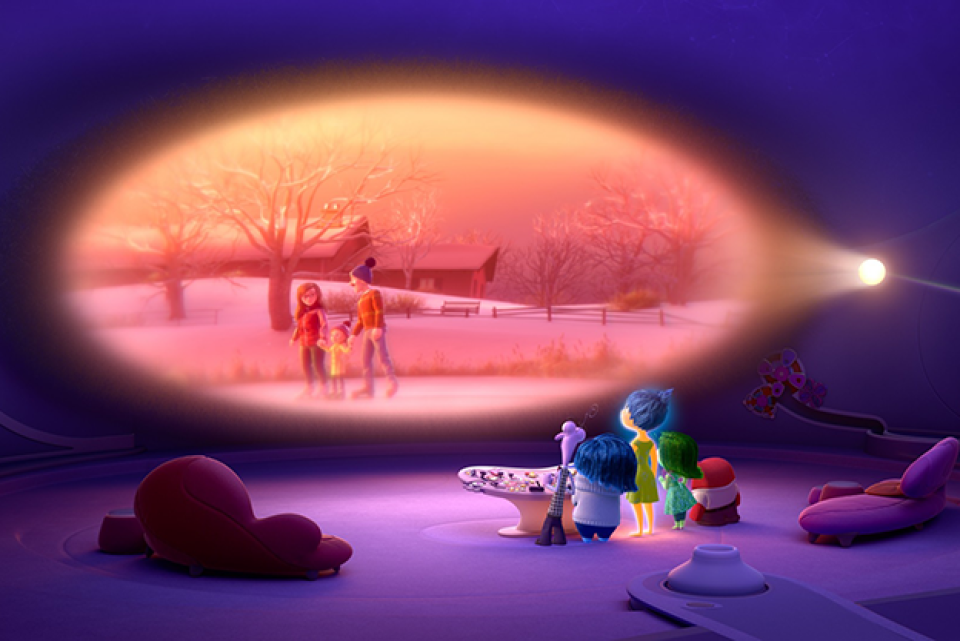
As Joy struggles with Riley’s controls, Inside Out threatens to be a film about emotion rather than a genuinely emotional movie. But Docter generates convulsive comedy and drama. Each emotion has a good and a bad side. Joy, who looks like the daughter of Peter Pan and Tinker Bell, is an inspiration and a master of denial. She insists on keeping Riley happy but also refuses to let her grow up. Anger, a squat red firecracker, energizes but also endangers Riley with his explosive fury at injustice. Disgust, a pouty, emerald mean girl, saves Riley from foul food and faux pas, yet overvalues her fallible taste. Fear, an un-sprung purple coil of a man, protects Riley one moment, paralyzes her the next. Joy undervalues poor blue Sadness as an endomorphic mope—but Sadness is honest and authentic. Without her, Joy learns, happiness no longer makes sense as Riley faces change.
When Joy and Sadness get sucked into Long-Term Memory, the film becomes a thrilling oddball odyssey. At its peak, they survive the minefield of “Abstract Thought.” Have concepts like “nonobjective fragmentation” and “deconstruction” ever been this funny? Have “two-dimensionality” and “nonfigurative representation” ever been so visceral? Viewers will feel catapulted into a phantasmagoric world designed by Bizarro Picasso.
Docter himself resists abstraction: he makes Riley’s inner space equally literal and metaphorical—true to her specific personality. Riley’s fuzzy imaginary friend, Bing Bong (Richard Kind), could have been as annoying as Jar Jar Binks, but instead he becomes the poignant embodiment of a tween girl’s need to give up childish things and embrace Sadness as well as Joy. As an antidote to infantilized mass culture, Inside Out is just what the Docter ordered.



